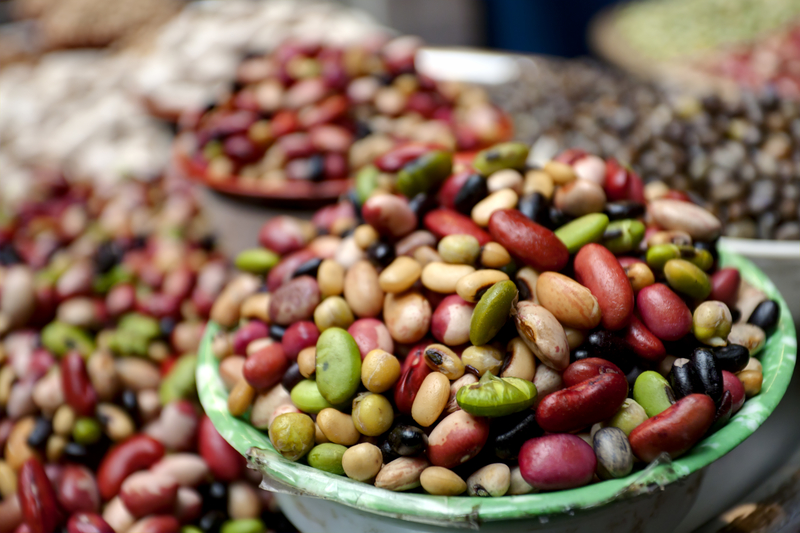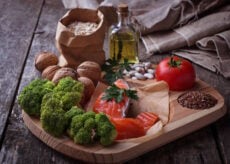What Is a High-Protein, Plant-Based Diet? A Beginner’s Guide

Protein in general is arguably one of the most talked about macronutrients when it comes to nutrition and one the most controversial topics among health enthusiasts.
We have been led to believe that we must obtain adequate animal-based protein or we will not survive, yet this may not be the case after all. Perhaps our deficiency is not necessarily with animal-based proteins, as studies have shown consuming plant-based foods can provide us with all the necessary proteins our bodies need for survival as well.
What is a Plant Protein?
A plant protein is just like any regular protein, but with more leaves. ????
Where do the Best Plant-Based Protein Sources Come From?
The best plant-based sources include beans and legumes, nuts, seeds, and high-protein whole grains such as quinoa. However, there are minimally processed vegetable-based protein powders available too.
How Much Plant-Based Protein Do I Need?
If you are weight training and/or highly active, I would recommend aiming for at least 0.75 to 0.8 grams of protein per pound of body weight daily as a baseline for most folks. This is roughly around 1/3 of the average person’s total caloric intake per day.
What is a Good Plant-Based Protein Powder?
Funny you should ask. BioTrust Nutrition recently came out with a new plant-based protein blend called Harvest, which is made from a blend of pea, pumpkin, and hemp proteins and is designed to be a premium source of high-quality, complete protein to meet your needs.
What Plant Foods are High in Protein
The following are a few of my favorites:
Quinoa: Known as a super grain, quinoa is actually a seed. This gluten-free wonder boasts impressive levels of iron, fiber, magnesium, manganese, and other things your body loves.
Peas: This dinner plate staple hides 8 grams of protein per serving in its little green self, plus loads of Vitamin C, Vitamin A, and essential minerals.
Rice & Beans: The original power couple, combining rice with beans is meant for so much more than Taco Tuesday. The pairing of legume and grain equals 7 grams of complete, delicious plant protein.
Chickpeas: Salad topper, humus, falafel…the possibilities of the humble chickpea are rivaled only by the wonder of its nutrition profile. Just one cup nets you 12 grams of protein, plus fiber, folate, and manganese.
Hempseed: This is an under-the-radar plant protein superstar, with just three tablespoons packing in 10 grams of complete protein, plus omega-3.
Chia: Two tablespoons of the small but mighty chia not only has 4 grams of protein but also more vitamins, minerals, antioxidants, and beneficial fatty acids than we could list here. It’s such a powerhouse that it was considered almost magical by the ancient Mayan and Aztec cultures.
This chart is a handy reference for more plant-based proteins you can incorporate into your healthy diet:

What Is a High-Protein, Plant-Based Diet?
It’s quite clear that with all of the available plant proteins you can load onto your plate, you don’t necessarily need to rely on animal products to ensure your body gets the protein it needs to increase metabolism, strength, and muscle; reduce appetite, and even support weight loss.






